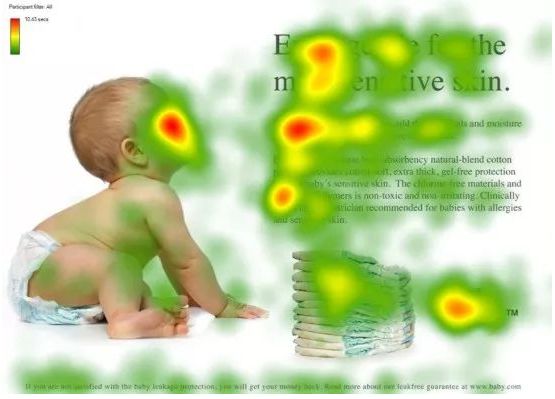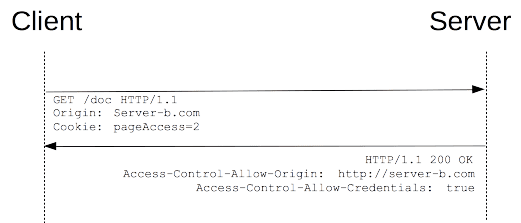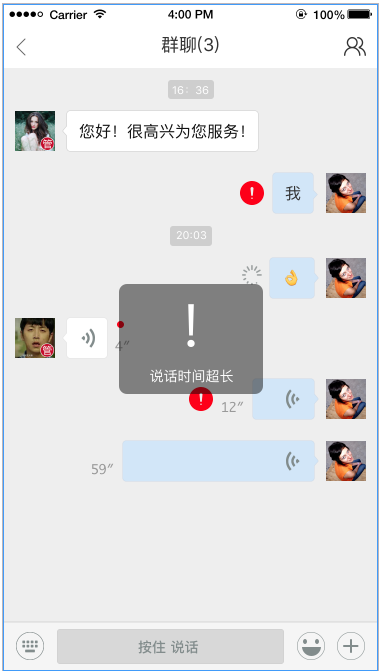All of the searches I've done focus on passing data between view controllers. That's not really what I'm trying to do. I have a ViewController that has multiple Views in it. The ViewController has a slider which works fine:
var throttleSetting = Float()
@IBAction func changeThrottleSetting(sender: UISlider)
{
throttleSetting = sender.value
}
Then, in one of the Views contained in that same ViewController, I have a basic line that (for now) sets an initial value which is used later in the DrawRect portion of the code:
var RPMPointerAngle: CGFloat {
var angle: CGFloat = 2.0
return angle
}
What I want to do is have the slider's value from the ViewController be passed to the View contained in the ViewController to allow the drawRect to be dynamic.
Thanks for your help!
EDIT: Sorry, when I created this answer I was having ViewControllers in mind. A much easier way would be to create a method in SomeView and talk directly to it.
Example:
class MainViewController: UIViewController {
var view1: SomeView!
var view2: SomeView!
override func viewDidLoad() {
super.viewDidLoad()
// Create the views here
view1 = SomeView()
view2 = SomeView()
view.addSubview(view1)
view.addSubview(view2)
}
@IBAction func someAction(sender: UIButton) {
view1.changeString("blabla")
}
}
class SomeView: UIView {
var someString: String?
func changeString(someText: String) {
someString = someText
}
}
Delegate:
First you create a protocol:
protocol NameOfDelegate: class { // ": class" isn't mandatory, but it is when you want to set the delegate property to weak
func someFunction() // this function has to be implemented in your MainViewController so it can access the properties and other methods in there
}
In your Views you have to add:
class SomeView: UIView, NameOfDelegate {
// your code
func someFunction() {
// change your slider settings
}
}
And the last step, you'll have to add a property of the delegate, so you can "talk" to it. Personally I imagine this property to be a gate of some sort, between the two classes so they can talk to each other.
class MainViewController: UIViewController {
weak var delegate: NameOfDelegate?
@IBAction func button(sender: UIButton) {
if delegate != nil {
let someString = delegate.someFunction()
}
}
}
I used a button here just to show how you could use the delegate. Just replace it with your slider to change the properties of your Views
EDIT: One thing I forgot to mention is, you'll somehow need to assign SomeView as the delegate. But like I said, I don't know how you're creating the views etc so I can't help you with that.
In the MVC model views can't communicate directly with each other.
There is always a view controller who manages the views. The views are just like the controllers minions.
All communication goes via a view controller.
If you want to react to some view changing, you can setup an IBAction. In the method you can then change your other view to which you might have an IBOutlet.
So in your example you might have an IBAction for the slider changing it's value (as in your original question) from which you could set some public properties on the view you would like to change. If necessary you could also call setNeedsDisplay() on the target view to make it redraw itself.



